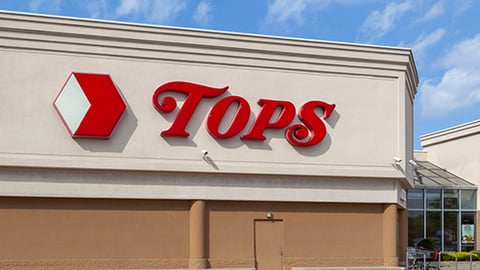Will Contactless Payments Become Table Stakes for Grocers?
Touchless payments could eventually become table stakes for many food shoppers, suggest new survey data.
A report from digital payments service provider ACI Worldwide and PYMNTS.com shows that 35% of consumers would be willing to leave their preferred grocers for others that allow them to pay in-store in a touchless manner.
The survey of more than 2,000 adult U.S. consumers, which addressed grocery shopping habits since the pandemic, also showed contactless credit cards (43%) and contactless debit cards (39%) are the two most preferred touchless payment options, followed by digital wallets (30%), cards on file (25%) and QR codes (18%).
The survey also showed that 42% of millennials and 41% of Gen X consumers are willing to switch to grocery stores that offer touchless payment options. In addition, 17% of consumers who do not use contactless credit cards would like to, and 15% of consumers who do not use contactless debit cards would like to.
“In the wake of the pandemic, a new type of consumer is emerging, one who shops less in-store and represents a quickly growing part of the digital-first economy,” said Debbie Guerra, EVP, ACI Worldwide. “For grocery stores, this is a huge opportunity to cater to these consumers by providing digital and contactless payment options.”
Nearly four times more grocery shoppers (16%) have shifted to buying more groceries online than in-store compared to the start of the pandemic (4%). Overall, the survey shows that 64% of the U.S. population are omnichannel shoppers who make use of digital channels to buy at least some of their groceries online. The most popular delivery channels consumers have used when shopping online for groceries during the pandemic are home delivery (23%), curbside pickup (21%) and in-store pickup (12%).
“While consumers are still purchasing their groceries in-store, particularly when buying perishable items such as fresh meats, fruits and vegetables, the survey shows an increase in online grocery shopping since the pandemic began,” Guerra said. “Consumers’ need for these necessities, coupled with the need to stay safe during the pandemic, is driving online grocery shopping whether for home delivery or curbside pickup. We expect this trend to increase as COVID-19 cases continue to climb in the U.S.”





